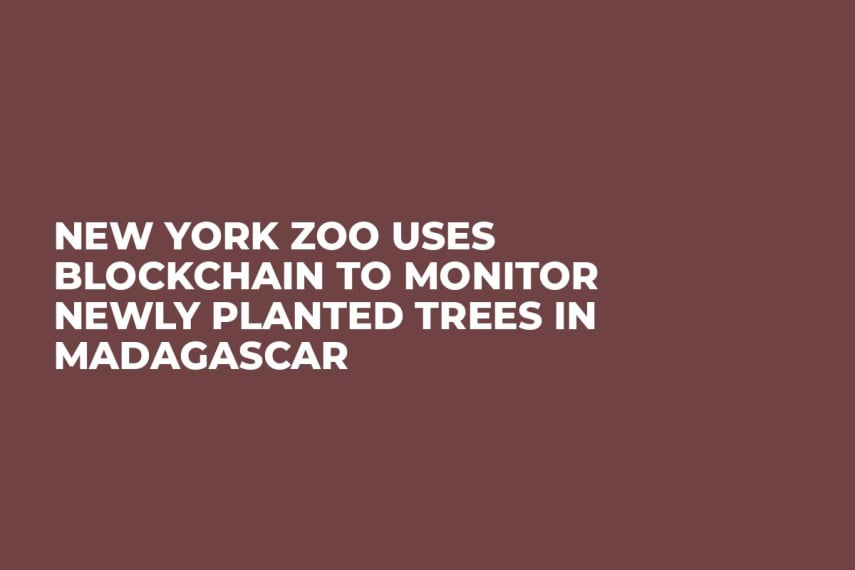
According to Tom Snyder, director of the conservation action at New York’s Seneca Park Zoo, they fund many environmental projects around the globe but fail to get proper reports on how this money is spent. Therefore, Snyder wants to ensure transparency by utilizing Blockchain technology.
card
Keeping track of every seed
The zoo has recently teamed up with the Ixo Foundation, an open-source software development foundation, to come up with a decentralized solution for controlling the progress and ensuring that money goes where it supposed to go. For the first time, the new platform will be applied for a tree-planting scheme in a Madagascar rainforest.
Of course, Blockchain alone cannot monitor the aforementioned tree-planting effort. They plan to utilize a slew of state-of-the-art technologies (from satellites to wireless sensors) in order to keep track of every planted seed or sapling. Blockchain will serve as a backbone of this complex system. While Bitcoin is the most popular use case of this nascent technology, Blockchain is currently experiencing broad adoption in plenty of other industries due to the fact that it allows creating a publicly visible record that cannot be tampered with. Snyder states that people who donate to their conservation projects will be able to track the tree right from their phone.
Tokenized forests
The usage of Blockchain may go far beyond eliminating mismanagement of funds. The technology could potentially turn every hectare of rainforest into a tradable tokenized unit. Snyder claims that the idea of tokenizing rainforests seems too far-fetched since they have to adjust to the complex system. For now, he says that monitoring is their own target, they will see how they can further move in this direction in one or two years.
While the possibility of giving liquidity to such environmental projects through tokenization seems exciting, it also may raise some problems. What if someone wants to burn down the forest after shorting tokens?


 Yuri Molchan
Yuri Molchan Gamza Khanzadaev
Gamza Khanzadaev Arman Shirinyan
Arman Shirinyan Alex Dovbnya
Alex Dovbnya